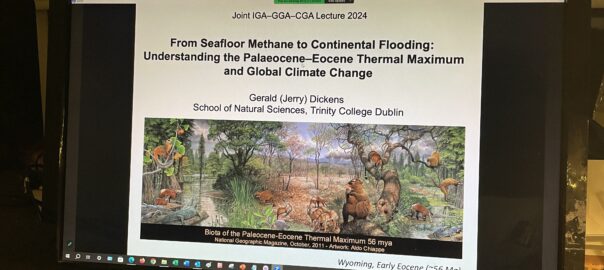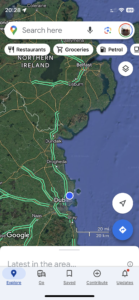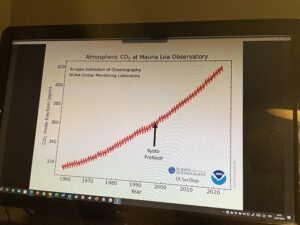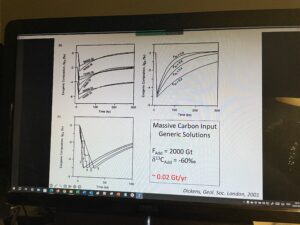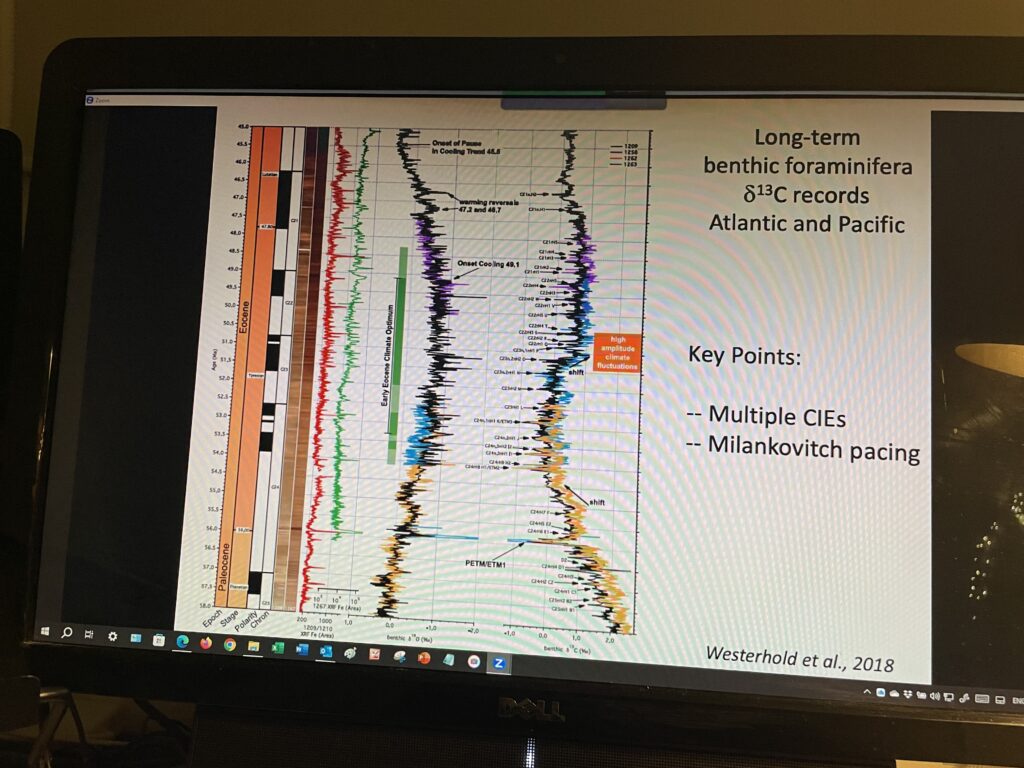Ireland day 0848. Wednesday 24 January 2024- CEO and PETM
(Summary blog only. Last full blog was Day 0368).
A lot of acronyms today!
Val had another day over at Newbridge but because I had to get to work early, she made her own way there by train and bike. The reason why I had to be in work early was that I had a 30 minute meeting scheduled with our CEO at 10:00 and I wanted to get some materials ready first.
In the end the meeting lasted two and a half hours – five times longer than planned – and I felt pretty well tested by the end of it. We discussed the paper and the presentation I’ve been pulling together over the last couple of weeks, and it seems like there is still a bit of work left to be done to pull it into shape. But generally heading in the right direction, I hope.
After a working lunch with colleagues and a bit more research in the afternoon, I left at 4pm to go up and collect Val from Newbridge. It’s actually quicker to get to Newbridge than it is to get to Malahide, even though it’s further away. So it’s really no trouble to pick her up on the way back to the flat.
In the evening, Val went out for a work dinner and I had a delicious Kerrigans’ meat pie for my main meal. Then I spent a very interesting 90 minutes watching (via Zoom) an absolutely fascinating lecture by Gerry Dickens on the Palaeocene-Eocene Thermal Maximum (PETM). It’s a period of very rapid global warming and CO2 increase that happened about 55.8 million years ago and it’s thought to be be a very good analogue for what’s happening now with man made global warming. The main difference is that the PETM carbon emissions took place over about 10,000 years rather than 500, and nobody really knows where the carbon came from. Meteorites, volcanoes and seabed methane have all been proposed but none is 100% convincing.
The dispiriting thing about the PETM is that it caused a massive (6 degree) global increase in temperatures and drastic changes in rainfall patterns. Equatorial regions were so hot they were practically devoid of life. But on the positive side, while some species disappeared as a result of the event, there weren’t mass extinctions and much of the flora and fauna survived by migrating north or south towards the poles. Indeed it was at around this time that the first primates (i.e. our ancestors) first appeared. The other positive thing was that after “only” 200,000 years, the climate seemingly returned to normal.
So there’s hope for us yet.
Today’s photos (click to enlarge)
Interactive map
(No map today)
